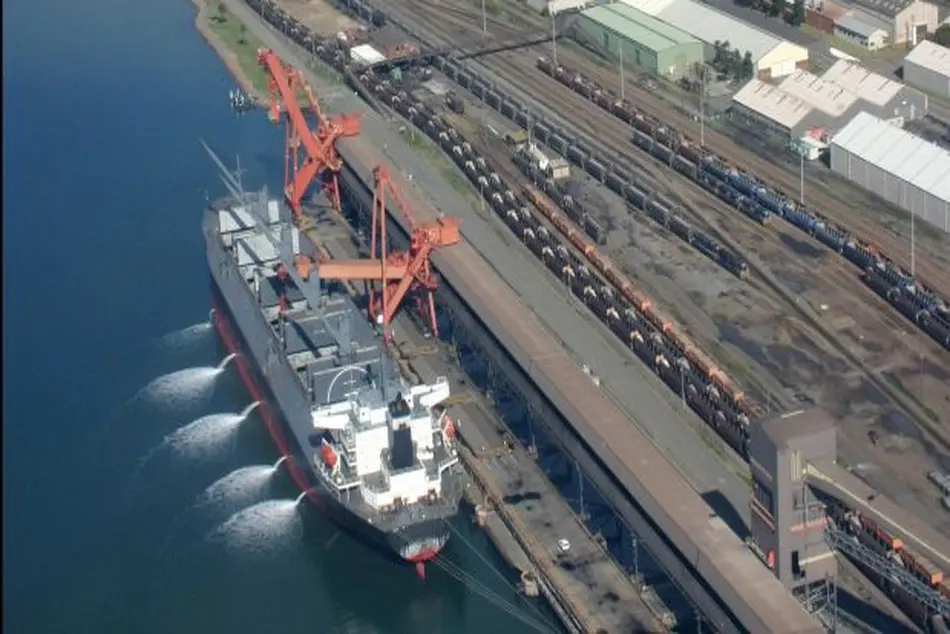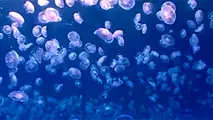BWTS challenges for bulk carriers with gravity discharged top side tanks

For bulk carriers with gravity discharged top side tanks, the installation of a reliable BWTS is an especially challenging task, argues BWTS manufacturer Ecochlor.
Having top side and hopper side tanks offers many benefits to the vessel, including quicker ballasting and de-ballasting, as well as low power consumption. Located at the wings of the cargo hold, a top side tank discharges ballast water by gravity directly into the surrounding environment through opened valves on the side of the ship. These top side tanks are typically filled through the fire main and, due to their design, do not have the capability to treat or neutralize the ballast water prior to discharge.
The company outlines the potential benefits of its BWTS which does not require neutralization during the discharge of ballast water treated such as with the systems of UV technology. Modifying a bulk carrier to allow for monitoring or re-treating the ballast water would be extremely costly and, more importantly, could lead to operational difficulties of the vessel, Ecochlor adds.
‘’The Ecochlor BWTS uses a two-step process that includes filtration and treatment with chlorine dioxide (ClO2). It is completely effective on all aquatic invasive species regardless of turbidity, salinity or temperature. The filter system is placed in close proximity to ballast water intake while the treatment system can be placed in any convenient location on the ship. Typically, only a single treatment system is required, with up to three chemical injection points connected to the vessel ballast lines. This allows for the treatment of water both, in the main ballast line, as well as the fire main.’’ Ecochlor says.
After installation, only minimal changes will be required to ballasting procedures. Although there are gauges to measure volume on ballast water intake, the normal operation on a bulk carrier with gravity discharge top side tanks is to fill the top side tanks to overflow. This process enables the excess ballast water to run directly off the vessel offering assurance against water movement. Due to the need to treat the ballast water, this run-off would no longer be possible with any treatment technology. A good replacement to this process would be to use the Ecochlor system and a radar level control (which maintains accuracy 2 ml) allowing the top side tank to be filled to capabilty without constant monitoring.
‘’It is important to note that not all the available BWMS have the treatment capacity equal to the high ballast flow rates on some of the larger bulk carriers. UV technology typically maximizes their efficacy at a flow rate of approximately 1,000 m3/h, while the Ecochlor BWTS remains very effective at flow rates of up to 16,000 m3/h. Electrochlorination, is also effective at the higher flow rates, however, the power usage increases incrementally with the flow rate.’’ The company further explains.
In addition to costly modifications, electrochlorination and UV systems can have significant power requirements, particularly if they need to install and operate more than one treatment system. This excessive electrical power and fuel consumption would not only be a financial burden for the shipowner, but may influence the vessel’s ability to comply with the new global cap on sulphur emissions coming into effect January 1, 2020.
‘’The Ecochlor system has very low power consumption, perhaps the lowest in the industry. Typical power requirements for a flow rate of 8,000 m3/hr is 12 kWh, with maximum requirements reaching only as high as 35 kWh, usually due to high turbidity ballast water sources.’’ the company claims.
The coating system on ballast tanks is important in maintaining the structural integrity of the bulk carrier despite highly corrosive conditions from the sea water. The use of chemicals in a BWTS is commonly thought to add to this problem.
The BWTS manufacturer highlights that the requirements for each bulk carrier should still be reviewed individually and may be different depending vessel classification society requirements.
‘’Through tests performed using four different epoxy coatings and bare steel panels conducted by independent laboratories it was concluded that the Ecochlor treatment technology does not have a noticeable effect on tank coatings or corrosion rates. ‘’


